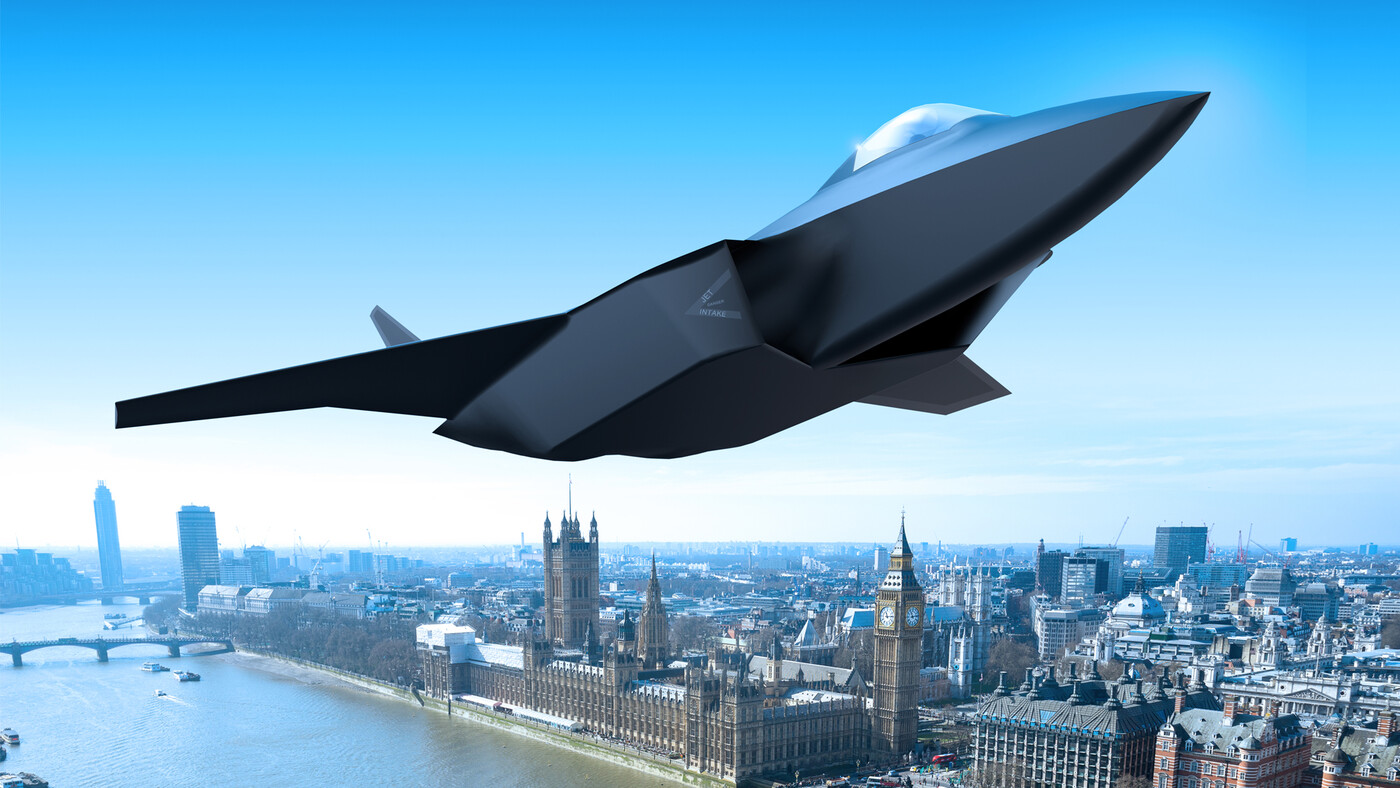


The UK Government has today announced the launch of a new international combat air programme (GCAP) that will see the UK, Italy and Japan working together with a shared ambition to develop the next generation combat aircraft.
Japan has also announced Friday that it will jointly develop its next-generation fighter jet with the U.K. and Italy as Tokyo looks to expand defense cooperation beyond its traditional ally, the United States.
The joint announcement highlights the close government, military and industrial links between the nations and reinforces the UK’s international commitment to future combat air.

The programme will build on the substantial progress already made in the UK by BAE Systems, Leonardo UK, MBDA UK, Rolls-Royce and the UK Ministry of Defence who have been working in partnership since 2018 as Team Tempest to research, evaluate and develop a host of next generation future combat air systems capabilities.
Understandably , Japanese Mitsubishi F-X fighter jet will replace the aging fleet of F-2 that Japan previously developed with the United States.
Japan’s F-X and Britain’s Tempest , a successor to the Eurofighter Typhoon, will be combined into the next-generation combat aircraft for deployment in 2035. The deal will give Japan greater support in countering China’s growing assertiveness and allow Britain a bigger presence in the Indo-Pacific region.
Friday’s fighter jet announcement came four days after Prime Minister Fumio Kishida announced spending targets aimed at building up Japan’s military capability, including a huge boost in defense spending over the next five years.
The security of the United Kingdom, both today and for future generations, will always be of paramount importance to this Government. That’s why we need to stay at the cutting-edge of advancements in defence technology – outpacing and out-manoeuvring those who seek to do us harm. The international partnership we have announced today with Italy and Japan aims to do just that, underlining that the security of the Euro-Atlantic and Indo-Pacific regions are indivisible. The next-generation of combat aircraft we design will protect us and our allies around the world by harnessing the strength of our world-beating defence industry – creating jobs while saving lives.Rishi Sunak, UK Prime Minister
We welcome today’s announcement and the positive momentum we are building with our partners in Japan and Italy towards developing power and propulsion technology for the next generation fighter aircraft. In December 2021, we announced a target to jointly design, build and test an engine demonstrator. This work is progressing well and on track to deliver. Today’s announcement reinforces the strong and longstanding relationships we value with both Italy and Japan, and I look forward to us deepening that collaboration through this programme.Alex Zino, Executive Vice President, Business Development and Future Programmes, Rolls-Royce Defence
To meet the five-year spending total of 43 trillion yen ($316 billion), the government will need an extra 4 trillion yen ($30 billion) in defense spending annually. Of that, a quarter will be funded through tax increases.
To counter growing threats from China and North Korea, Japan has been expanding its defense partnerships with countries in the Indo-Pacific, including Australia, with Southeast Asian countries and with Europe.
The Japanese Defense Ministry said the new aircraft will be a multi-role stealth fighter superior to the F-35 and the Eurofighter, with advanced censors and networking. The new warplane is expected to replace 94 F-2s in Japan, 144 Eurofighters in the U.K. and 94 Eurofighters in Italy, Japanese officials said.
Japan initially considered Lockheed Martin as its partner for developing the next-generation fighter. But it dropped the plan, reportedly due to the U.S. company’s reluctance to share expertise key to stealth technology.

For Japan , Britain and Italy were chosen as partners after Japan ensured they would share key information allowing each country to make its own decisions on repairs, officials said.
Under the fighter jet agreement, Japan’s Mitsubishi Heavy Industries will partner with British defense contractor BAE Systems PLC. Italy’s Leonardo S.p.A will be a key player in the project. Japan’s IHI, Britain’s Rolls Royce and Italy’s Avio Aero will be in charge of its engine, while Mitsubishi Electric Co., Leonardo U.K. and Leonardo S.p.A. will work on avionics, the Japanese side said.
From the perspective of United Kingdom , the GCAP could secure or create thousands of UK jobs while keeping irreplaceable combat air engineering skills onshore for another generation.
A report published last year by analysts at PricewaterhouseCoopers (PwC) concluded that should the UK take a core role in a next generation fighter jet programme, it could expect to support an average of 21,000 jobs a year and contribution an estimated £26.2bn to the economy by 2050.
In a joint statement, leaders of the three countries said the project, called “the Global Combat Air Program” will deepen defense ties, science and technology collaboration, help integrate supply chains and further strengthen the defense industry.
